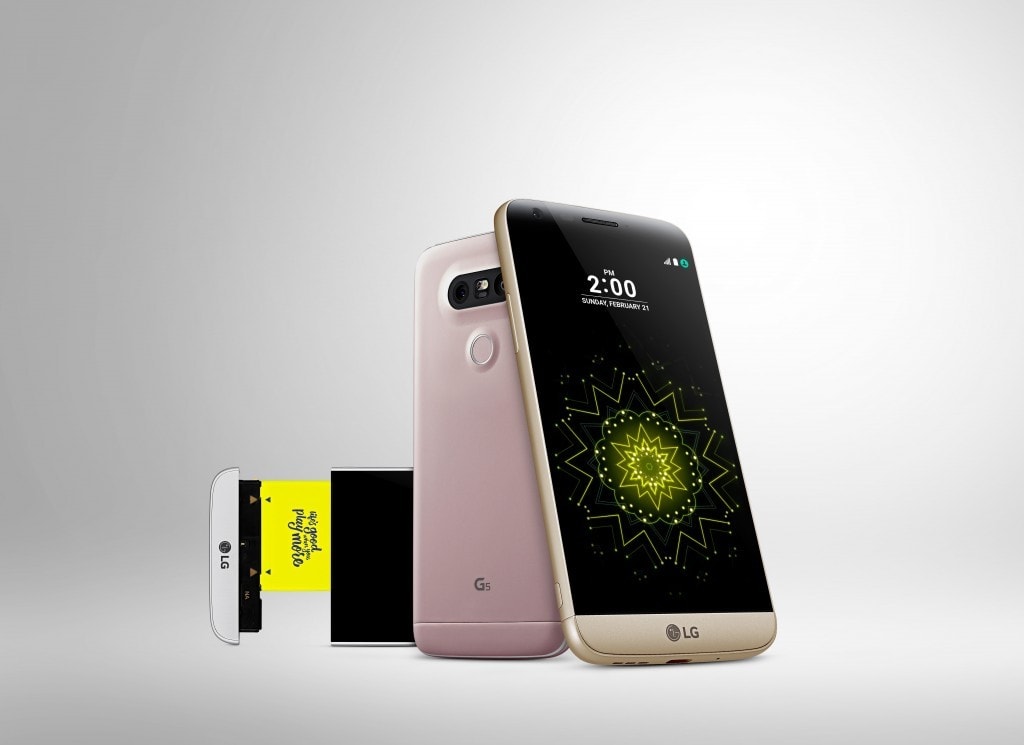Share
The First (R)evolutionary Camera of 2016
Characteristics of the camera of the future: Native integration with a communications-enabled device (e.g. your phone), which allows for instantane...
Characteristics of the camera of the future:
- Native integration with a communications-enabled device (e.g. your phone), which allows for instantaneous publishing
- Meta-data capture capable (e.g. GPS being the most obvious)
- Computationally-capable
- Increased ISO sensitivity
- Video-capable
Not characteristic of the camera of the future:
- Retro-styling
- Increased pixel count
Yesterday, LG announced the G5, which features a modular slot. Unlike Google’s effort at a modular phone, LG’s approach is more limited, while being more practically focused. Yes, you can slot in a bigger battery, but the two specialized modules are 1) an improved DAC (digital analog converter) for audiophiles, and 2) a camera module.
The camera module doesn’t replace the optics of the G5 like the DxO One (although it arguably could in the future), but it does provide manual controls and a better shutter release than the native hardware. Smartphones have replaced dedicated cameras for the majority of the population, and as people become more invested in their photography, the need for more specialized hardware that’s still a part of the phone becomes more obvious. If you’re not gonna build an iPhone C (for camera), then having a modular approach is the next best thing.
The G5 might ultimately end up as a footnote in photographic history, but while we await the arrival of the Light L16 later this year, it feels like a solid step forward.



